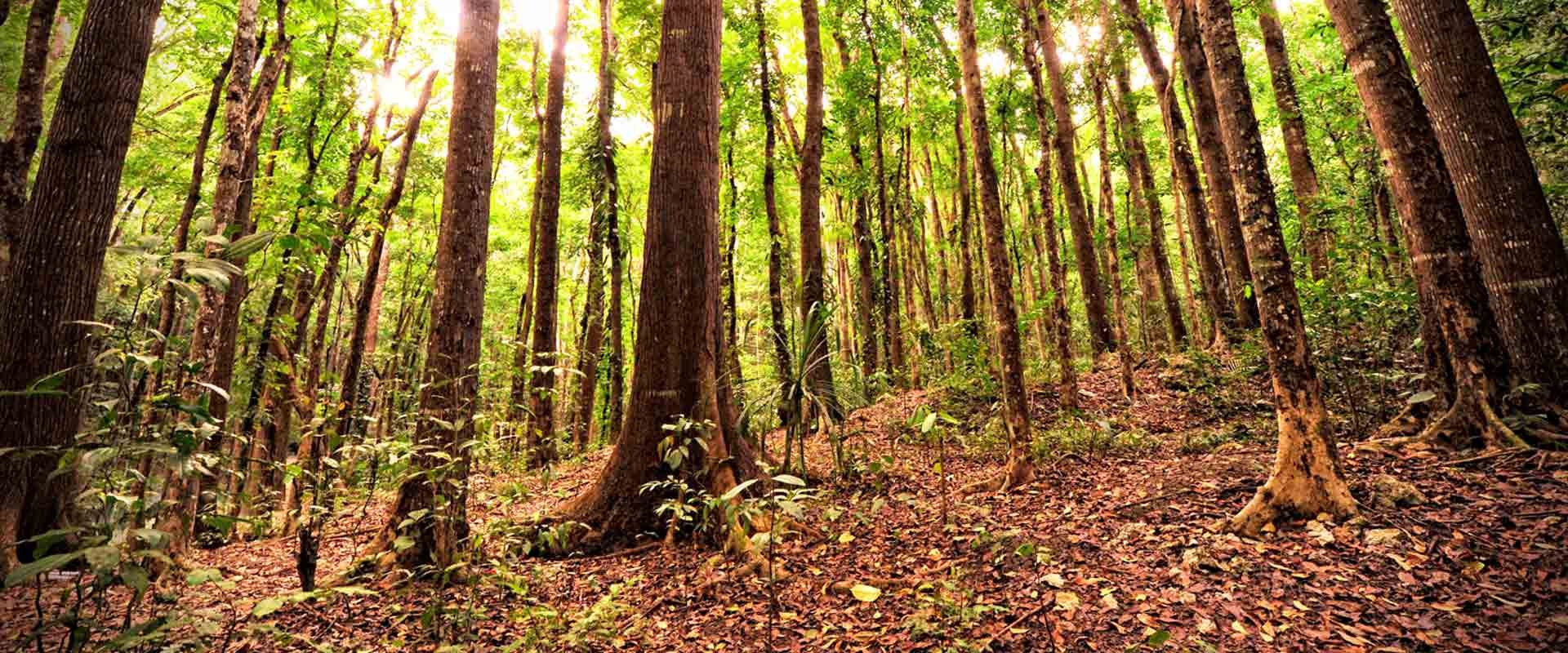A closer look at: carbon sequestration
renewable energy

renewable energy
It’s no secret that trees are essential for the existence of all living species on earth, cleaning our air and mitigating the impacts of global warming. Trees are one of the world’s largest naturally occurring sources of carbon sequestration: how does this process work and why is it so critical to our survival?
The average human releases about 4.07 tons of carbon dioxide every year, with those in developed countries releasing much higher amounts (Australia averaged 15.22 tons and the US averaged 13.68 tons of carbon dioxide per capita in 2020). In simple terms, humans ‘cost’ the environment: we inhale oxygen and exhale carbon dioxide, we burn fossil fuels, and we destroy natural ecosystems – all of which contribute to rising levels of greenhouse gas and climate change.

Trees provide critical balance to human life on this planet, essentially ‘inhaling’ carbon dioxide and ‘exhaling’ oxygen. Trees clean the air and cool the atmosphere, acting as a naturally occurring air conditioner for our overheated planet. The average tree captures 25 kilos of carbon dioxide per year, or 250 kilos over its lifetime. The amount of oxygen that trees contribute to our atmosphere is significant: 40 per cent of the world’s oxygen is produced from rainforests.
The definition of ‘sequester’ is to ‘isolate or hide away’. Carbon sequestration is therefore the process of capturing and storing atmospheric carbon dioxide. Dangerous at excess levels in the earth’s atmosphere, carbon dioxide is instead safely stored out of harm’s way during this process. The world’s largest naturally occurring forms of carbon sequestration (also referred to as ‘carbon sinks’ or ‘carbon pools’) include the ocean, soil and forests.
In order to mitigate rising levels of carbon dioxide in our atmosphere, it is easy to see that protecting and expanding our natural carbon sinks is vital. While it’s difficult to create more soil and more ocean, it’s entirely possible to plant more trees…and protect the ones that already exist.

Across the globe, reforestation efforts are taking place to restore balance to our planet: to counteract the overabundance of carbon emissions and lack of natural carbon sinks. As awareness builds that our current levels of carbon emissions aren’t sustainable, commitments are being made at international, national, corporate and individual levels to reduce and offset carbon emissions.
At a corporate level, Brunel is one of many forward-thinking organisations that has invested in offsetting its emissions through tree planting - so far, this has involved planting 17,000 trees and counting!
Whether it’s planning, construction or ongoing maintenance of energy infrastructure, Brunel can provide the highly-skilled, niche and in-demand professionals needed to ensure your operations meet and exceed their production targets.